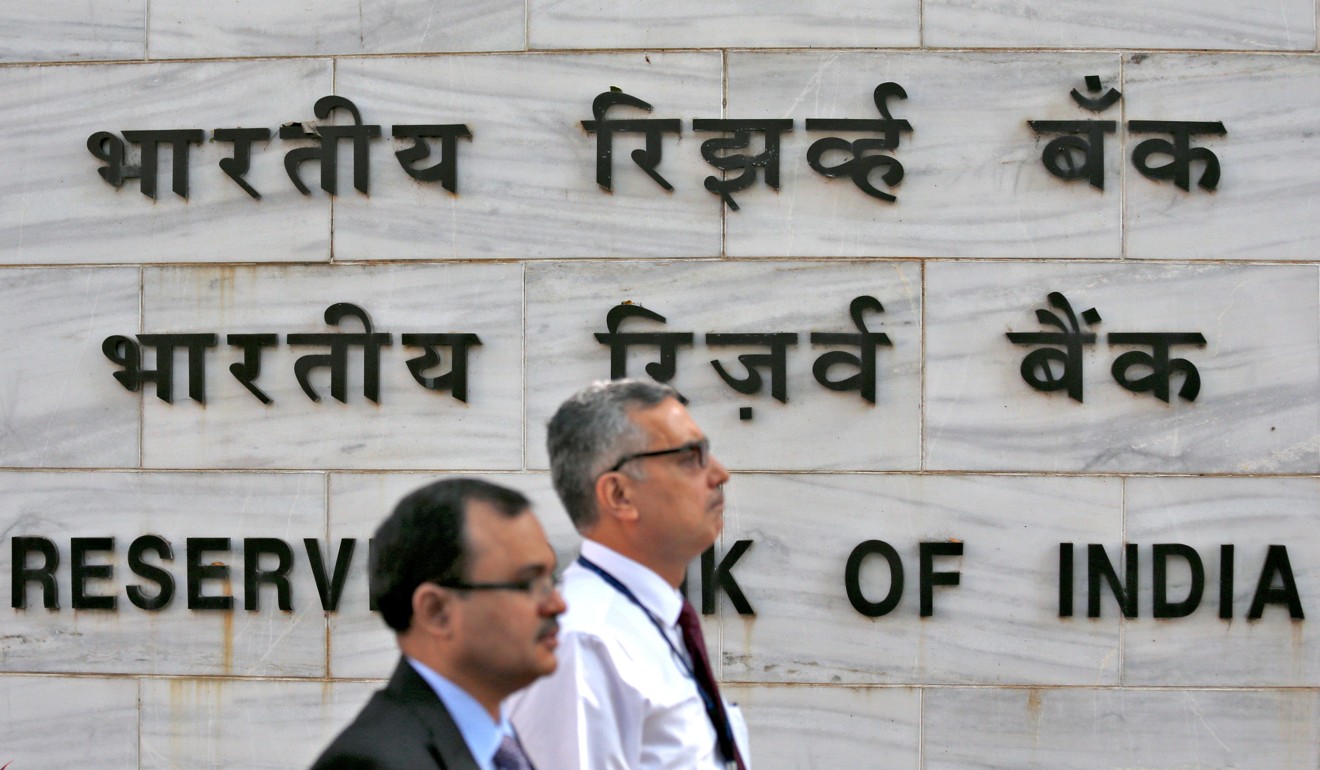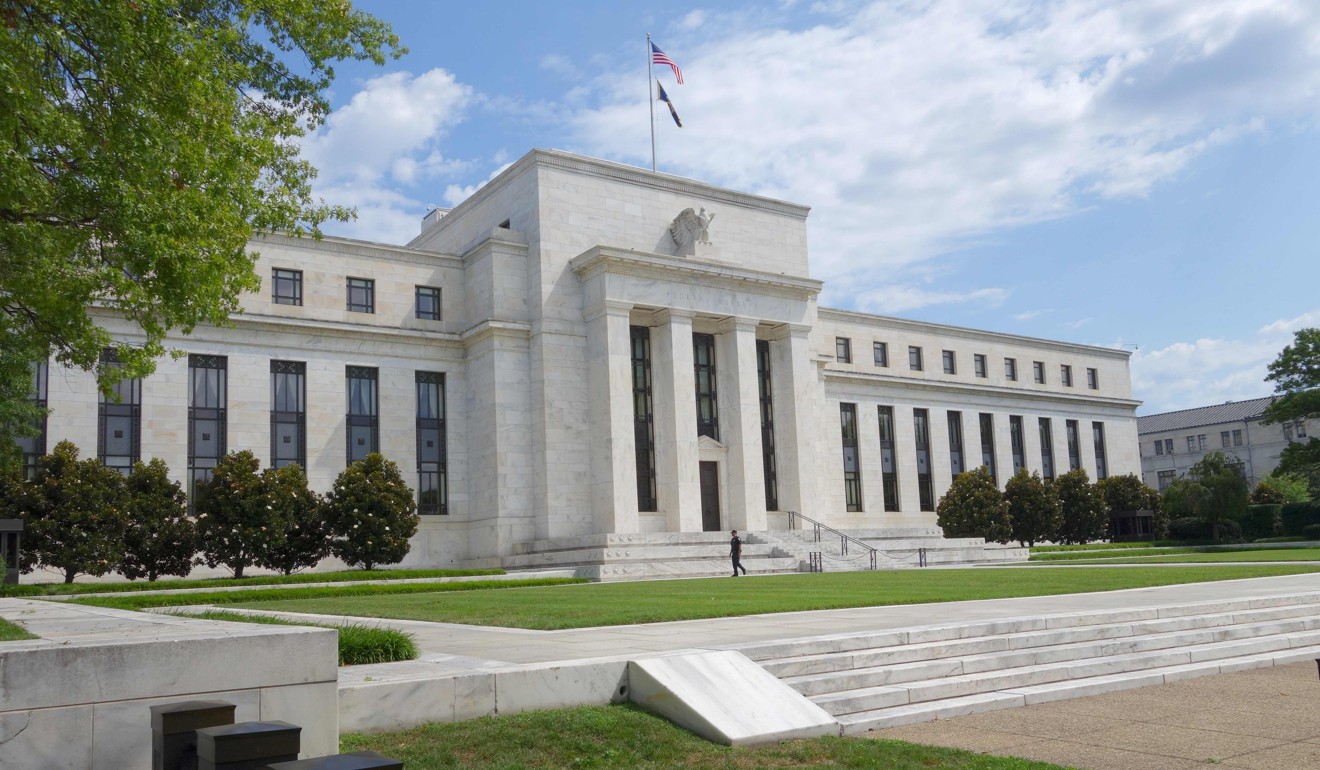
Why emerging markets are ignoring the Fed’s monetary policy
As the US central bank starts to unwind its ultra-loose conditions, many emerging markets are staying put or even going the other way
For an indication of the extent to which monetary policy in emerging markets is not dependent on the actions of the Federal Reserve, look no further than last Wednesday’s decision by the Reserve Bank of India to cut its main interest rate by 25 basis points to 6 per cent, the lowest level since 2010.
This is not the first major developing economy to cut borrowing costs in the face of a tightening in policy by the Fed, the world’s most important central bank whose Fed Funds Rate – which has been increased three times since December – is the most influential benchmark interest rate.
Domestic factors, as opposed to external ones, are determining the conduct of monetary policy in developing economies
Last month, the central bank of South Africa – one of the most vulnerable emerging markets – cut its policy rate for the first time in five years. In June, Russia’s central bank trimmed its main rate by a further 25 basis points to 9 per cent, part of a protracted rate-cutting cycle in which the country’s borrowing costs have tumbled from a punitive 17 per cent at the end of 2014.
This stark divergence in monetary policy stems from a number of factors.
The most important one is that inflation rates in most emerging markets remain subdued, particularly core inflation which strips out volatile food and energy prices. In India, headline inflation has dropped to a record low of 1.5 per cent, down from 6 per cent a year ago and significantly below the central bank’s 4 per cent target. In Russia, headline inflation currently stands at just under 4.5 per cent, compared with 7 per cent last summer. The stabilisation of the rouble, Russia’s volatile currency, has helped tame consumer prices which were still in double digits at the beginning of 2016.

This is not surprising given that inflation also remains weak, and has even fallen this year, in the US and the euro zone, the two regions where speculation in financial markets over the withdrawal of monetary stimulus is the most intense.
Another reason why many emerging market central banks are loosening – or refraining from tightening – monetary policy is because growth remains significantly below potential. South Africa’s central bank cut rates to avert an even deeper recession after the economy contracted in the first quarter. Brazil’s central bank, meanwhile, which was hiking rates aggressively between 2013 and 2015 to counter a surge in inflation, has been slashing borrowing costs this year as consumer prices have tumbled and the economy struggles to emerge from its worst recession ever.
Domestic factors, as opposed to external ones, are determining the conduct of monetary policy in developing economies.
Even those emerging market central banks which are tightening policy are doing so mainly because of country-specific reasons rather than the Fed’s actions.

Meanwhile, Colombia’s central bank, which was increasing rates aggressively in 2015 and 2016 as headline inflation shot up to more than 8 per cent because of a steep drop in the country’s currency stemming from the collapse in oil prices, is now lowering borrowing costs as growth and inflation fall sharply.
Indeed, even when external factors have forced the hand of central bankers in developing economies, this has had little to do with the Fed. Mexico’s central bank, which has hiked rates by nearly four percentage points since early 2016 to 7 per cent, was forced to take aggressive action to prop up the wilting peso, Mexico’s currency, which bore the brunt of fears about Donald Trump becoming US president.
Still, emerging market policymakers can hardly ignore the Fed.
If the unwinding of the US central bank’s ultra-loose monetary policies proves to be more disruptive than investors anticipate – a distinct possibility given the worrying low levels of volatility in markets right now and the risk that the European Central Bank will start withdrawing stimulus relatively soon – emerging market assets could come under significant strain.
Yet for the time being, central banks in developing economies are able to plough their own furrow.
Nicholas Spiro is a partner at Lauressa Advisory

